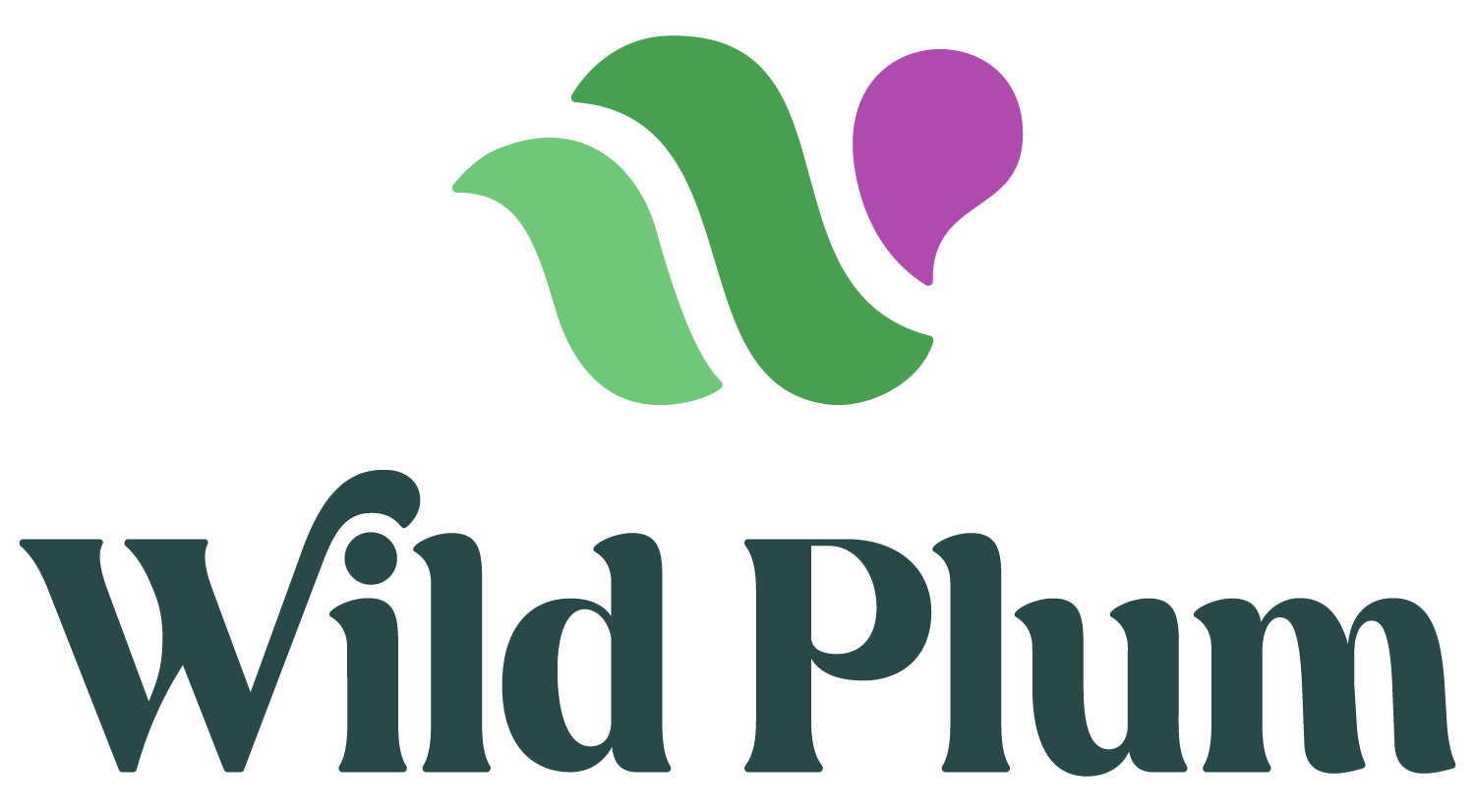We all know the success of a company often centers on its ability to effectively market its products or services to the right audience. In my 20+ years of working with iconic brands, I believe the front-end and back-end steps are often overlooked in marketing campaign planning. Creative and design seem to garner most of the attention. However, all steps in campaign management play a crucial role in this process.

For those looking to enhance your brand’s visibility, engagement, and bottom line, incorporating end-to-end campaign management is essential. It requires a strategic approach that will ultimately resonate with your target audience and drive results leading to better ROI. Although messaging is critical, effective marketing campaign management involves pre-planning, precision targeting, and selecting the best vehicle. So, let’s look at areas where many marketing plans fall short.
Here are recommendations to effectively manage your marketing campaigns.
- Set Clear Objectives: Don’t generically define what you want to achieve with your campaign by saying you want to increase brand awareness, drive website traffic, or boost sales. Clarity in objectives is key to creating focused strategies. Set specific, measurable objectives so when you review the results of your campaign, you can truly define its level of success. It’s not always possible to set a revenue metric, so consider metrics such as engagement rate, meetings booked, new leads captured, increase in connections, etc.
- Know Your Audience: Understand your target audience’s demographics, preferences, and behaviors so you can tailor your message and channels to resonate with their interests and needs. I highly recommend incorporating Account Based Marketing (ABM) into the mix to take it one step further. ABM gives you the opportunity to better understand the customer’s pain points and goals so you can align them against your business goals. When you can deliver the right message, to the right audience, at the right time, you will start noticing better results.
- Choose the Right Channels: Choose the most relevant marketing channels based on your audience’s preferences, your campaign goals, and budget. Whether it’s social media, email marketing, SEO, or a combination, each channel has its strengths and audience reach. For example, I like to incorporate direct mail or proprietary events to reach a senior leadership audience and social media to reach a broader audience. Test the waters and focus on the channels that drive the best results.
- Create Compelling Content: Develop engaging, informative, and relevant content that grabs your audience’s attention and drives action. Segmentation of your database is key to ensure you are providing the appropriate content to the correct audience. Long gone are the days of sending the same message to your entire database. You will lose engagement and trust and waste your budget. I suggest personalizing your content as much as possible if you’re incorporating ABM. Provide that concierge level service of making the content appear as if it was written just for them. Maybe your engineering audience prefers detailed webinars whereas your financial audience may prefer an infographic with quick statistics.
- Use of Analytics: Utilize analytics tools to gather insights, measure key performance indicators (KPIs), and identify areas for optimization. By monitoring KPIs and analyzing campaign data, you can identify trends, opportunities, and challenges, allowing you to make informed decisions and adjust your strategies in real-time. I used Demandbase as a tool and found it to be helpful to inform me about who’s engaging with my content and competitor’s content. There are many tools out there to help us better understand the buyer’s journey and behaviors – take advantage of having this information!
- Incorporate Automation and Tools: Leverage marketing automation tools to streamline processes, enhance efficiency, and scale your campaigns. I’ve used Marketo and Pardot as marketing automation tools and can’t imagine running campaigns without them. Not only does it help with your database and campaign cadence, but you receive the reporting metrics needed to determine how you may need to edit your campaigns for optimal results.
Marketing campaigns aren’t easy, but they’re valuable and integral to growing a successful brand and business. By leveraging strategic planning and insights, you can ensure your campaigns resonate with your target audience to achieve measurable success.
About the author, Tania Patrone

Tania Patrone, MBA is an accomplished marketing leader with more than 20 years of experience. Tania has built successful regional, account-based, and channel marketing programs for some of the largest corporations in North America. Skilled in sales processes, marketing automation, in-bound and out-bound approaches, and analytics – her teams deliver results. Connect with Tania on LinkedIn.

